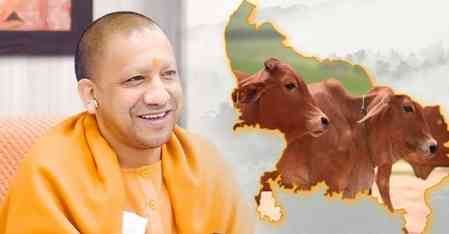Groundwater level reaches to a worrying point
Punjab is facing groundwater scarcity due to indiscriminate use of groundwater for agricultural purposes and 80 per cent of the state's area has come under red zone

Groundwater is depleting at an alarming rate in India, which is expected to overtake China as the world's most populous country in less than a decade. More than a third of India's population lives in water-stressed areas and this number is set to increase due to depleting groundwater and increasing urbanization. According to a report by the World Resources Institute, India is one of the 17 countries in the world facing an extreme water crisis. India's water crisis has worsened over the past few decades as bore wells were dug to extract more and more groundwater for water consuming crops such as paddy and sugarcane. Ideally, surface water should be collected in ponds and other water bodies during monsoon season and this stored water should be used throughout the year for irrigation instead of ground water. Over 60 per cent of the wells in the country checked by the Central Groundwater Board have recorded a decline in the water level in the past decade.
Punjab is facing groundwater scarcity due to indiscriminate use of groundwater for agricultural purposes and 80 per cent of the state's area has come under red zone. In a workshop organized by the Bureau of Energy Efficiency and Punjab Energy Development Agency, an expert informed that 16 lakh electric tube wells in Punjab continuously draw water from below ground, due to which the groundwater level has reached a worrying point. The condition is that the groundwater level is going down by one meter every year. The Punjab State Assembly Committee, set up to study the depletion of water tables, had said in its report that the state would turn into a desert in the next 25 years if the current trend of drawing groundwater continues. In simple words, we are drawing more water for our use than we are filling back into the ground. As a result the water level is going down. This has created a threat of desertification of Punjab.
The rate of pumping up the groundwater in Punjab is 1.66 times higher than the rate of replenishment. It is worth mentioning that paddy cultivation got a boost in Punjab during the Green Revolution in 1966-67, which consumes a lot of water. The trend continues nowadays also. In such a situation, it becomes necessary that the farmers, urban bodies and industrial units are made aware about the measures to save water and electricity and they should be warned about the dangers caused by the depleting level of ground water. The United Nations has also issued a warning on the water crisis looming on the earth in its new report. The UN report says that due to climate change, droughts, floods and drinking water related crises are increasing. According to this report titled The State of Climate Service 2021, in the year 2018, about 3.5 billion people had access to water for 11 months in a year. It is feared that if precautionary measures are not taken, by 2050, the number of people facing water crisis could be 5 billion. Experts recommend native plants for the garden. They look great, and don't need much water or fertilizer. Also choosing grass varieties for lawn that are adapted for local climate, reducing the need for extensive watering.
(Author is a senior journalist and columnist)


 Narvijay Yadav
Narvijay Yadav 










